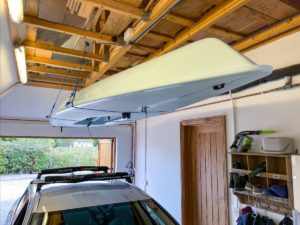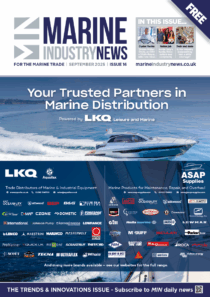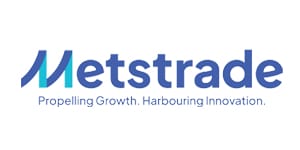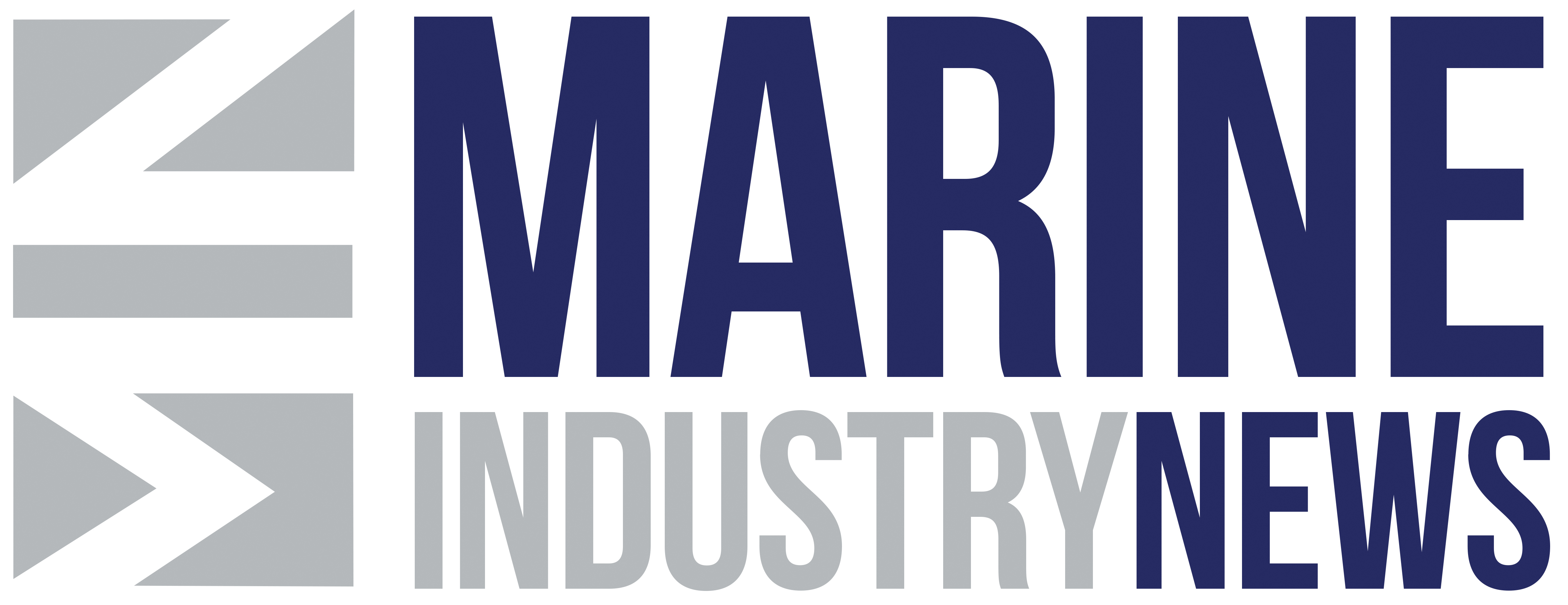Self-driving boats for Amsterdam’s canals
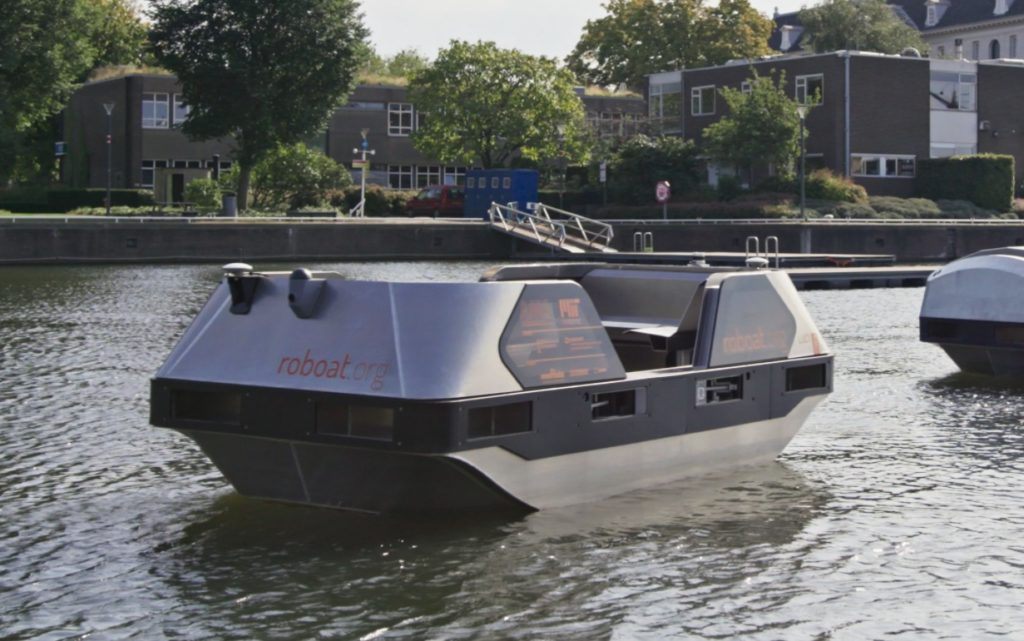
Roboat – a research project by Massachusetts Institute of Technology (MIT) and Amsterdam Institute for Advanced Metropolitan Solutions (AMS Institute) – has successfully developed two full-scale autonomous prototype vessels for use on Amsterdam’s waterways.
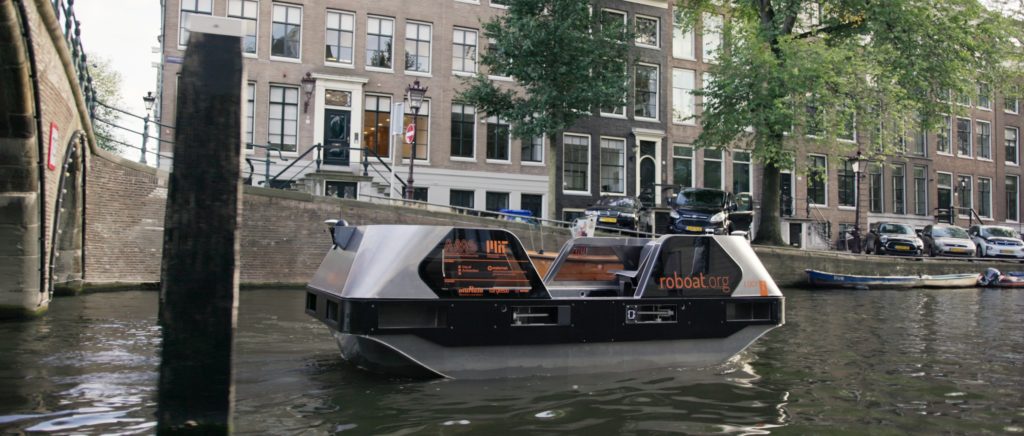
The boats are fully electric and can operate for up to ten hours. They are self-learning and adapt their abilities based on experiences on the water, and can find waypoints, autonomously dock and undock, and avoid collisions.
To autonomously determine a free path, Roboat uses LIDAR and cameras to enable a 360-degree view. This is also referred to as the ‘perception kit’ and lets Roboat understand its surroundings. When the perception picks up a new object, the algorithm flags the item as ‘unknown’. Once the team has reviewed the day’s collected data, the object can be manually selected and tagged enabling the algorithm to recognise specific items.
“Every time the vessel navigates the area, it gains experiences and learns from previous situations and object encounters. As a result of the continuous feedback loops Roboat can now autonomously navigate in this area,” says Ynse Deinema, Roboat project lead at AMS Institute.
The boat’s latching mechanism allows it to connect to a docking station or to another Roboat. Using this feature, Roboats can form temporary bridges to create new urban infrastructures, as well as floating stages and bridges.
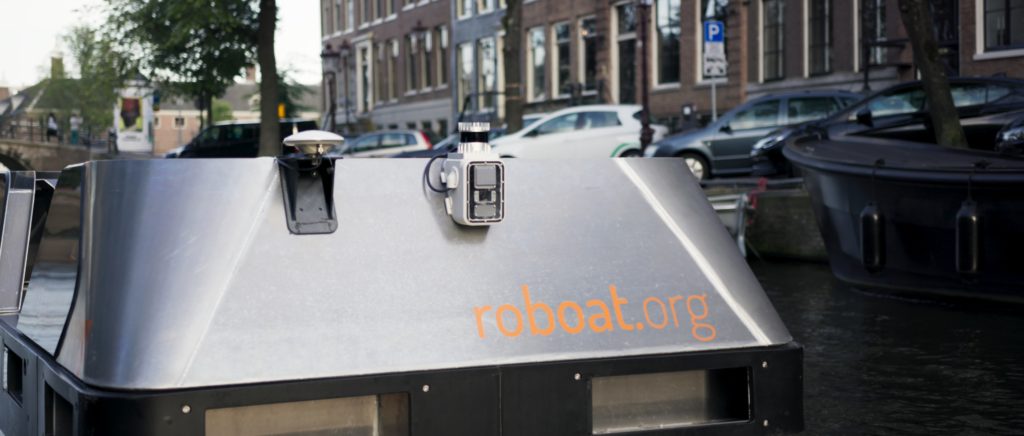
The next step in the project is to commercialise the technology and the team will focus future developments on three use cases: passenger transport, logistics (waste collection), and surveying/monitoring applications.
“The historic centre of Amsterdam with its network of canals and modern-day challenges – such as congestion and logistics – are a perfect place to start the real-life pilots aimed at creating more sustainable and smart transport over water,” says Stephan van Dijk, director of innovation at AMS Institute.
“By, for instance, using Roboat to collect waste from Amsterdam’s city centre, the number of traffic movements within the city can be reduced, which alleviates pressure from the fragile bridges and quay walls.
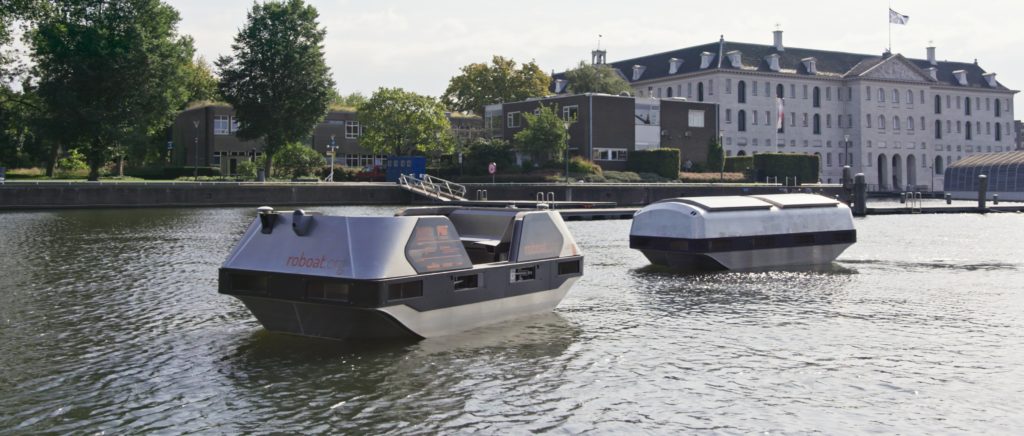
“Whereas autonomous shipping focuses on more straightforward trajectories, Roboat is designed to navigate dynamic and busy urban waterways, such as the Amsterdam canals. Which makes Roboat relevant for delta cities and harbour areas world-wide. It also creates new possibilities for flexible urban infrastructures. Combined with its ability to perform its tasks 24/7, Roboat can add great value for a city.”
Project partners of Roboat are city of Amsterdam and Waternet; project sponsors are Murata (12kW battery pack), Torqeedo (thruster pods), VETUS (bow thrusters). The boat hulls are constructed by Stormer Marine.


